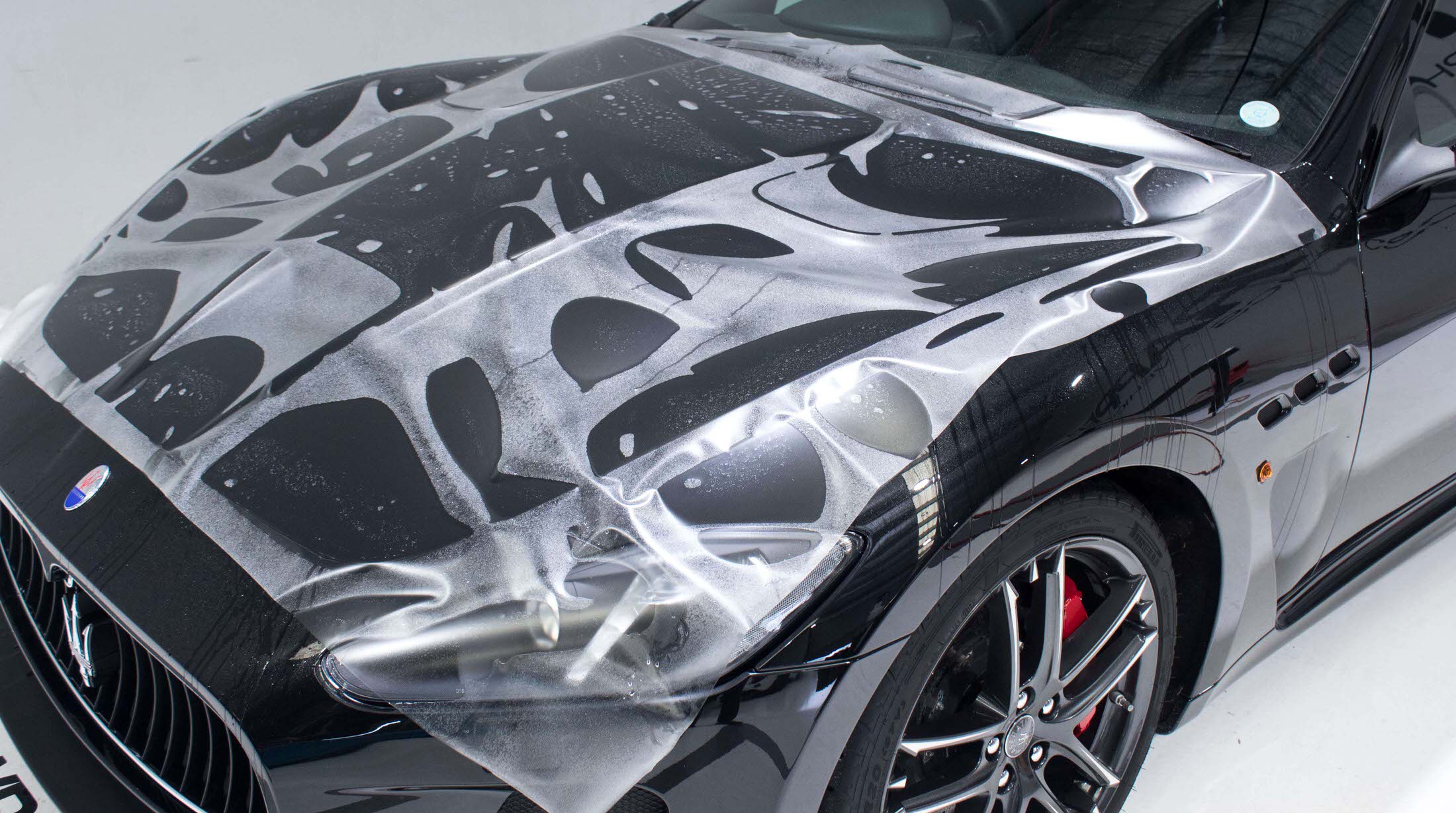
We Need to Correct These PPF Myths
At Diversity, we are passionate about correcting outdated and false information.
Paint Protection Films (PPF) were first developed for military use nearly 40 years ago. PPF technology has changed and improved in incredible ways since its inception, so there is a lot of outdated information out there. In this article, we intend to correct the 6 most common PPF myths.
1. Exposure to the sun will cause Paint Protection Film to yellow and crack
At one point in time, this myth held water. Older PVC-based films tended to fall victim to discoloration and premature ageing. Fortunately, modern TPU-based films are much better at withstanding the sun’s harsh rays. The films we use at Diversity have been stress tested to the max so we can ensure longevity and toughness.
2. Paint Protection Films are difficult to install
PPF should be considered along the same lines as any vehicle modification or detailing procedure; it is a skill that requires focus, attention, and above all practice. For a professional installer with training and experience, it is relatively simple to perfectly install PPF on any vehicle.
3. The adhesive on Paint Protection Films will damage automotive paint
This myth requires us to break down the properties of film adhesion. High-quality PPF will stick to your car no matter what, but that doesn’t mean that it is impossible to remove. Certainly, if someone tried to peel off a layer of our PPF the same way you peel a sticker off of an apple there would be problems. Improperly removed PPF can leave glue residue and destroy automotive paint. Fortunately, it is incredibly easy for professionals to safely and completely remove PPF.
4. All Paint Protection Films are the same
A film is a film, right? Nope. There are lots of low-cost low-quality films on the market that won’t provide your vehicle with adequate protection. PPF is an invisible layer of armour that should protect your car’s paint from acidic bird droppings, flying road debris, road salt, and precipitation. When investing in armour that needs to ward off the endless chemical and physical assailants faced by your vehicle, it makes sense to get the best. At Diversity, we take time with each customer to ensure that the film they buy and the application areas they select are right for them.
5. Your vehicle’s paint needs protection against UV rays.
A common claim by providers of PPF is that it protects your car’s paint from UV rays. However, many manufacturers are unclear about the mechanism behind this effect. Your car’s paint will be bleached by UV rays, but the clear coat that is already on your car does a great job of blocking UVA and UVB rays. If the clear coat was scratched or damaged your paint would become vulnerable to solar damage. PPF protects the clear coat, therefore protecting your paint.
6. PPF can’t be waxed
Many people confuse PPF with aesthetic vinyl car wraps – the ones used to make a car look matte, metallic, or chrome. While those other types of wraps generally shouldn’t be waxed, PPF can be waxed with any natural or synthetic wax, polish, or sealant.
Hopefully, we have clarified some things for you by dispelling these myths. If you have any additional questions, please don’t hesitate to get in touch.
